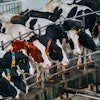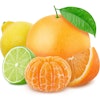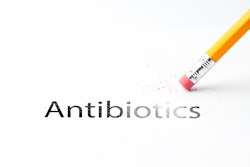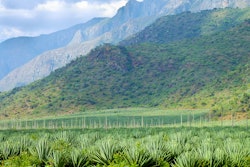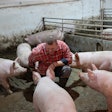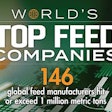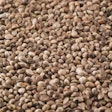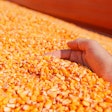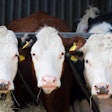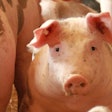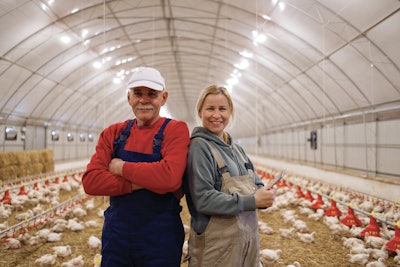
Austria’s total poultry meat production across species stood at 149,000 metric tons (MT) in 2023, a decrease of 1.5%, according to the latest data available from the Federal Ministry of Agriculture and Forestry. The country’s egg production in 2023 suffered a similar decline.
The country has not only seen output decline. Per capita poultry meat consumption also fell in 2023, from 21.8 kg the year before to 21.4 kg.
More domestically produced fresh poultry meat is, however, finding its way to the market, with the ministry noting that some food chains in the country demand 100% domestically sourced meat for their fresh meat sections.
Broiler meat accounts for 92% of the country’s poultry meat output, and Austria is the EU’s 17th largest broiler producer.
2023 saw the country’s self-sufficiency in poultry meat stand at 73%, down from 77% in 2022. The EU as a whole is 108% self-sufficient. There has been some disquiet among producers that they are losing out to cheaper, lower quality imports that have not been raised to the same standards as locally reared birds, along with calls for consumers to support their local industry. However, data from the European poultry producers’ association notes that, by volume, Austria’s poultry imports fell by 2.6%, while exports rose.
Proud welfare, climate stance
Austria has among the highest welfare standards in the world, and the ministry notes that, where broiler production is concerned, only 30 kg per m2, around 14 birds, is permitted, while, in other EU member states, up to 20 broilers per m2 is commonly practiced.
All broiler production is carried out on family farms in Austria, the ministry notes, there are no large poultry companies.
The ministry goes on to explain that the stocking density for turkeys amounts to a maximum of 40 kg per m2. There are currently no legal provisions for turkey within the EU and in some member states, it continues, turkeys are kept at twice this density. The country has seen turkey meat output rise over the last couple of years, but in 2023 it contracted by 9.1% to 20,000 MT carcass weight.
The ministry continues that 85% of broiler feed is produced locally or regionally, resulting in a smaller carbon footprint than in the rest of the EU.
Austria also boasts a nationwide poultry health service – the Austrian Quality Poultry Association (QGV). All veterinary medicines administered to broilers are recorded in its database and, according to the ministry, such precise records are rarely available anywhere else. Where antibiotic reduction is concerned, the last eight years have seen their use decrease by 60%.
Egg output
Austria’s egg production in 2023 was also lower, with table egg production falling by 1.6% to 2.21 billion table eggs. While free-range production was stable compared to the year before, organic production contracted by 5.8%, and that from barn systems was down by 6.2%. While consumer interest in organic production in Austria is high, demand for organic eggs has been declining for some time, unlike interest in organic poultry meat production which is thought to still be rising.
With a national flock of 7.2 million hens, the country is 98% self-sufficient in eggs.
New Zealand, UK, Switzerland, Austria top animal welfare list

